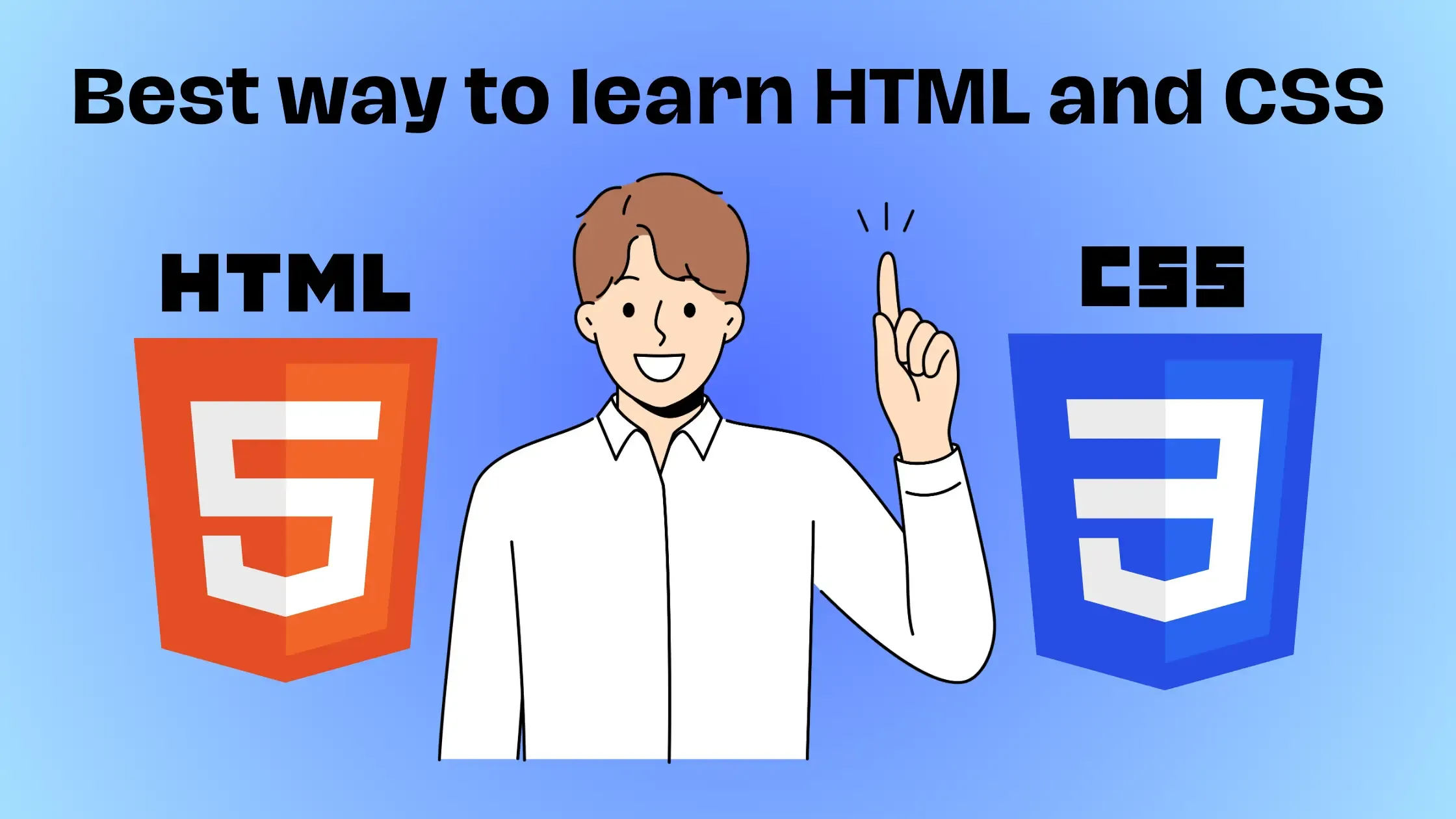What is the best way for a beginner to learn HTML and CSS?
Learning HTML (Hypertext Markup Language) and CSS (Cascading Style Sheets) can be an exciting journey for beginners who are eager to dive into the world of web development. These two fundamental languages form the backbone of web design, allowing you to create stunning web pages and bring your creative ideas to life. In this guide, we will explore the best ways for beginners to learn HTML and CSS in an easy-to-understand manner.
1. Start with the Basics
HTML: Building Blocks of Web Content
HTML is the foundation of web development. It defines the structure of a webpage by using various tags. Beginners should start by understanding the basic HTML elements, such as headings, paragraphs, lists, and links. Below we give some resources to help you get started:
Mozilla Developer Network (MDN): offers an excellent HTML tutorial with interactive examples.
W3Schools: provides beginner-friendly HTML lessons with live coding editors.
Codecademy: offers a hands-on approach with HTML projects.
CSS: Adding Style and Beauty
Once you have a grasp of HTML, it's time to add style to your webpages using CSS. CSS allows you to control the layout, colors, and fonts of your web content. Start with the following CSS concepts:
Selectors: Learn how to select HTML elements to apply styling.
Properties and Values: Understand how to set properties like color, font-size, and margin.
Classes and IDs: Explore how to target specific elements using classes and IDs.
2. Hands-On Practice
Learning by doing is one of the most effective ways to master HTML and CSS. As a beginner, practice is key. Create simple webpages, experiment with different HTML elements, and apply CSS styles. Here are some practical tips:
Build a Personal Website: Consider creating a personal website or blog where you can showcase your progress and projects.
Clone Existing Websites: Choose a website you admire and try to recreate it using HTML and CSS. This helps you understand real-world web design.
3. Online Courses and Tutorials
There are numerous online courses and tutorials designed specifically for beginners. Some popular platforms include:
Coursera: Offers courses on web development fundamentals.
Udemy: Provides a wide range of HTML and CSS courses, including projects.
edX: Collaborates with top universities to offer web development courses.
4. Books and Documentation
While online resources are invaluable, books and official documentation are excellent references. Consider these resources:
"HTML and CSS: Design and Build Websites" by Jon Duckett: A highly recommended book for beginners with beautiful visuals.
W3C's HTML and CSS Documentation The official source for HTML and CSS specifications.
5. Troubleshooting and Debugging
As you delve deeper into HTML and CSS, you may encounter bugs and issues in your code. Don't let these challenges deter you; instead, embrace them as valuable learning opportunities. Here are some tips for troubleshooting and debugging:
Browser Developer Tools: Most web browsers come equipped with developer tools that allow you to inspect HTML and CSS, test changes in real-time, and identify errors.
Validation Tools: Use online HTML and CSS validators to check your code for syntax errors and compliance with standards. These tools can save you hours of frustration.
Online Communities: If you're stuck and can't find a solution, don't hesitate to ask for help in online communities. Experienced developers are often willing to assist newcomers.
6. Responsive Web Design
In today's digital landscape, it's crucial to create websites that look great on all devices, from smartphones to desktops. Learn about responsive web design, which ensures your webpages adapt to different screen sizes. CSS frameworks like Bootstrap can simplify this process.
7. Join Web Development Communities
Being part of a community can be incredibly motivating and helpful. Join forums like Stack Overflow, Reddit's r/webdev, and GitHub to connect with other developers, seek advice, and share your knowledge.
8. Stay Updated
Web development is an ever-evolving field. Stay updated with the latest trends, technologies, and best practices by following tech blogs, podcasts, and YouTube channels.
9. Build a Portfolio
As you gain confidence and skills, start building a portfolio of your web development projects. This portfolio will serve as evidence of your abilities and can be a valuable asset when seeking employment or freelance opportunities.
10. Practice, Practice, Practice
Repetition is key to mastering any skill. Keep coding regularly, challenge yourself with more complex projects, and continuously refine your skills. Learning HTML and CSS is an ongoing process, and the more you practice, the better you'll become.
11. Never Stop Learning
The world of web development is dynamic, with new technologies and trends emerging constantly. Stay curious and open to learning new languages like JavaScript, which complements HTML and CSS, or explore advanced CSS features like Flexbox and Grid. Continual learning will keep you at the forefront of web development.
Conclusion
Learning HTML and CSS as a beginner is an exciting journey that can lead to a rewarding career in web development. Start with the basics, practice regularly, and leverage online courses, books, and communities to support your learning. Remember that web development is a skill that improves with time and dedication, so don't be discouraged by initial challenges. Keep learning and building, and you'll soon be creating beautiful and functional web pages with confidence. Good luck on your coding adventure!

Comments
Post a Comment